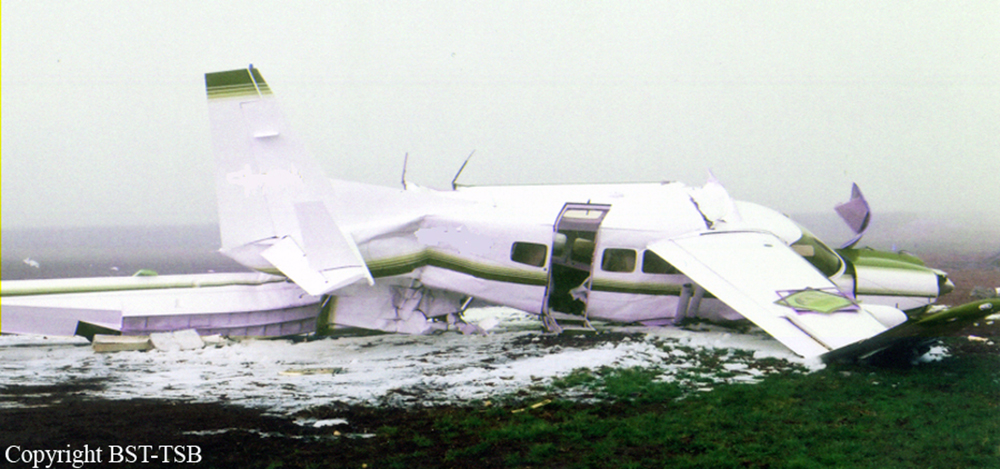Crash of a Cessna 208A Caravan 675 in Estancia Las Cruces: 1 killed
Date & Time:
Apr 1, 2000 at 0800 LT
Registration:
LV-ZSR
Survivors:
No
Schedule:
Estancia Las Cruces - San Fernando
MSN:
208-0311
YOM:
1999
Crew on board:
1
Crew fatalities:
Pax on board:
0
Pax fatalities:
Other fatalities:
Total fatalities:
1
Aircraft flight hours:
121
Circumstances:
After takeoff from Estancia Las Cruces Airport, while climbing in foggy conditions, the aircraft lost height and impacted ground in a wooded area located about 3 km from the airfield. The aircraft was destroyed and the pilot, sole on board, was killed.
Probable cause:
The aircraft impacted ground after takeoff while in instrument conditions. The pilot was not qualified nor trained for this type of flight.
Final Report:









